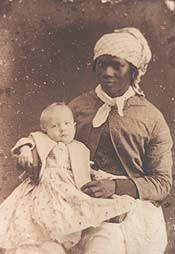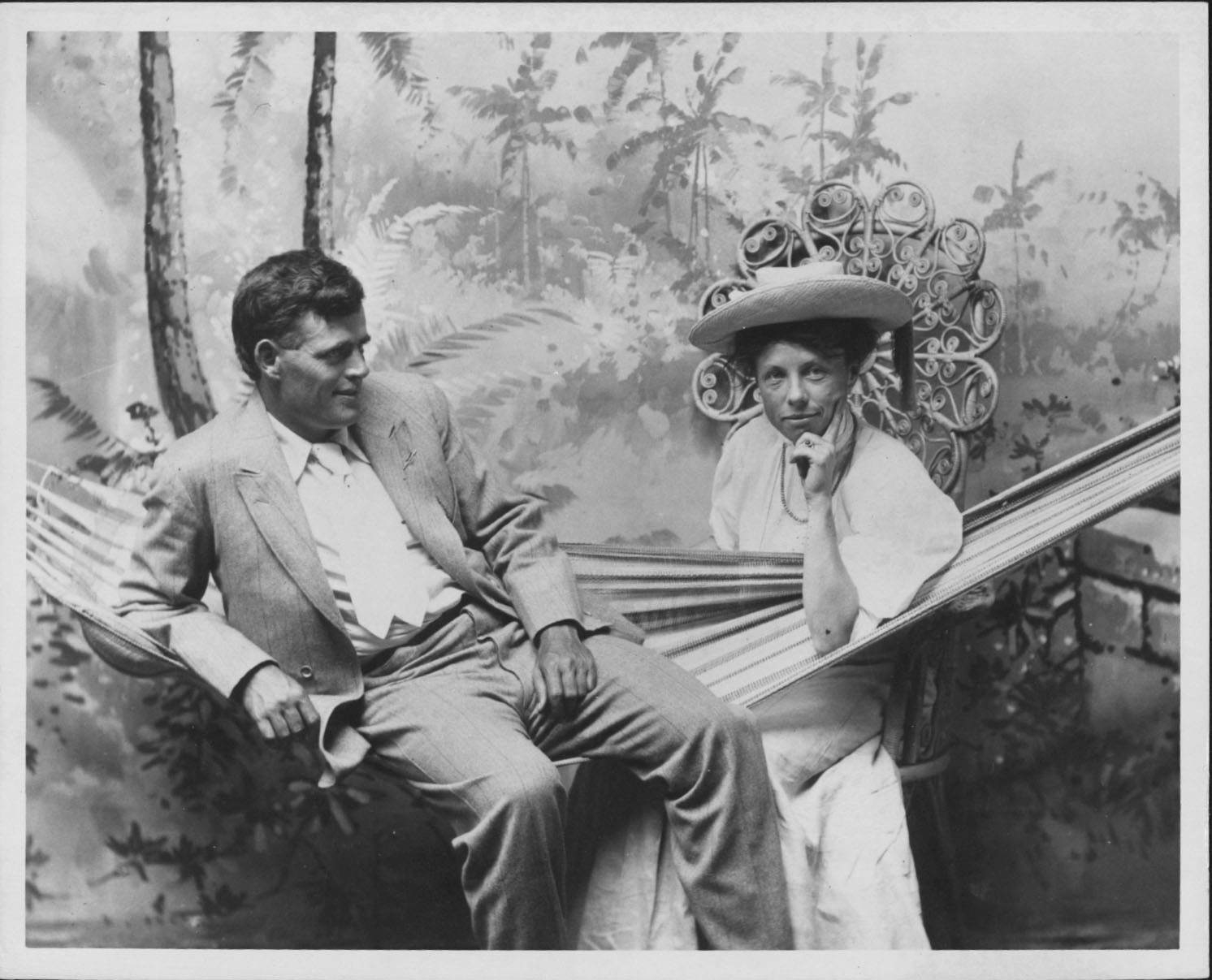Hello all, I hope everyone is, okay? In last week’s post, I told you all about a special little boy who suffers from Osteogenesis Imperfecta (Brittle Bones Disease) and spent his birthday in the hospital, because he had broken his femur. It has been over a week now, that he’s been in the hospital. This amazing boy has shore been through a lot, but he is so placid, takes everything in his stride, and always as a smile on his face, through it all. This week he had to have an operation followed by being put into a half-body spica cast for the best recovery outcome.
Anyway, on with this week’s post about novelist, journalist, and short story writer Jack London who was born one hundred and forty-seven years ago today. There is a special connection between Jack and myself, through researching my family history on Ancestry, that I found out, he is a seventh cousin five times removed, so that makes him a very distant cousin. Now I will continue with some facts about the man himself.

It has been recorded in the San Francisco Chronicle of June 4, 1875, that London’s mother Flora Wellman had said Chaney demanded that she have an abortion. When she refused, he denied responsibility for the child. In desperation, she shot herself. She was not seriously wounded, but she was temporarily deranged.
Jack London was born John Griffith Chaney on January 12, 1876, in the slums of San Francisco.
Flora sent baby Jack for wet nursing to Virginia (Jennie) Prentiss, a formerly enslaved African American woman, and a neighbor.
He was passed into the care of an African American named Virginia Prentiss as his mother struggled with her mental and physical health.
Prentiss was an important maternal figure throughout London’s life, and he would later refer to her as his primary source of love and affection as a child.
Late in 1876, Flora Wellman and her new husband John London, brought baby John later known as Jack, home to live with the newlyweds. The family moved to San Francisco Bay Area before settling down in Oakland. The Prentiss family moved with the London’s’ and remained a constant source of care for young Jack.

Jack London’s real name was John Griffith Cheney. He received the surname “London” later, when his mother married a second time, and gave him the name of his stepfather.
As a teenager, Jack London began to work actively. During his young years, he managed to change many diverse professions.
As a 14-year-old boy, London saved up money, bought a boat, and caught shrimps, which he then sold.
His first publication, Typhoon Off the Coast of Japan, took place when he was only sixteen years old. For this short essay, he received his first writer’s fee.
At the age of 18, he was arrested for participating in a riot and spent a whole month in jail.


In 1897, when he was 21 and a student at the University of California, Berkeley, Jack searched for and read the newspaper accounts of his mother’s suicide attempt and discovered the name of his biological father.
Over the years, Jack London worked as a war correspondent, and several times he managed to visit places of military operations.
He wrote to William Chaney, who replied by saying that he could not be London’s father because he was impotent, he insinuated that London’s mother had seen other men, and had slandered him, regarding the abortion debacle, Chaney concluded by saying that he was more to be pitied than London.
Jack was so devastated by his father’s letter, that in the following months, he quit school at Berkeley and went to the Klondike during the gold rush boom.
London was part of the radical literary group “The Crowd”

A pioneer of commercial fiction and American magazines, he was one of the first American authors to become an international celebrity and earn a large fortune from writing.
At the height of his career and particularly when he was first trying to become an author, he wrote at least 1,000 words a day, if not closer to 1,500.
According to contemporaries, Jack London often spent 14-15 hours daily writing.
Jack married Elizabeth Mae (or May) “Bessie” Maddern on April 7, 1900; they had been part of the same circle of friends for many years. They both publicly acknowledged, they were not marrying out of love, but friendship and a belief that they would produce sturdy children. They divorced in 1904.
During their marriage, Jack and Bessie had two daughters which they named Joan London (15 January 1901), and Bessie also known as ‘Becky’ London (October 20, 1902).

London married Charmian Kittredge in 1905. London had been introduced to Kittredge in 1900 by her aunt Netta Eames, they met two prior to his first marriage. She was described as his soulmate
He became the first writer to become a millionaire based on his written work.
Jack London helped popularize literary naturalism and pioneered the adventure fiction genre. He paved the way for generations of authors who wrote, and are still writing about, the natural world and themes like survival, adventure, and civilization vs. the wild.
His most famous works include The Call of the Wild and White Fang, both set in Alaska and the Yukon during the Klondike Gold Rush, as well as the short stories “To Build a Fire”, “An Odyssey of the North”, and “Love of Life”.
Jack has written stories about the South Pacific such as “The Pearls of Parlay”, and “The Heathen”.

into the Wild’s real-life adventurer, John Krakauer cited that Jack London had been his primary influence for the main character Chris McCandless.
Jack’s work has inspired countless generations of authors who have won awards, many of whom credit him with the path their writing took.
London is most famous for his novels The Call of the Wild, White Fang, and The Sea Wolf.
Jack had suffered several serious illnesses, including scurvy in the Klondike. Additionally, during travels on the Snark, he and Charmian picked up unspecified tropical infections and diseases, including yaws.
London died November 22, 1916, on a sleeping porch in a cottage on his ranch. At the time of his death, he suffered from dysentery, late-stage alcoholism, and uremia, he was in extreme pain and taking morphine and opium, both common, over-the-counter drugs at the time.
Instead of a tombstone, a regular boulder stands on the grave of a famous writer.

Thank you for taking the time to read this week’s post. Enjoy the rest of your day and I will see you back here next week!


